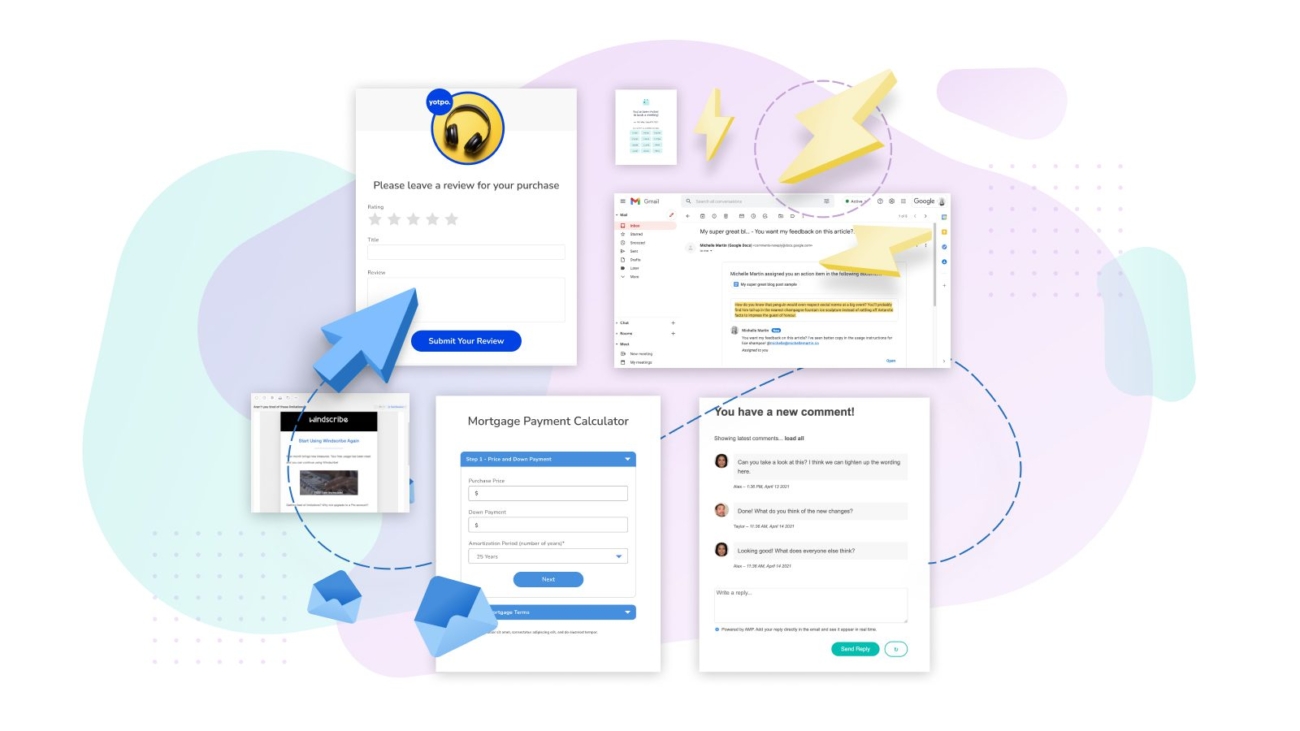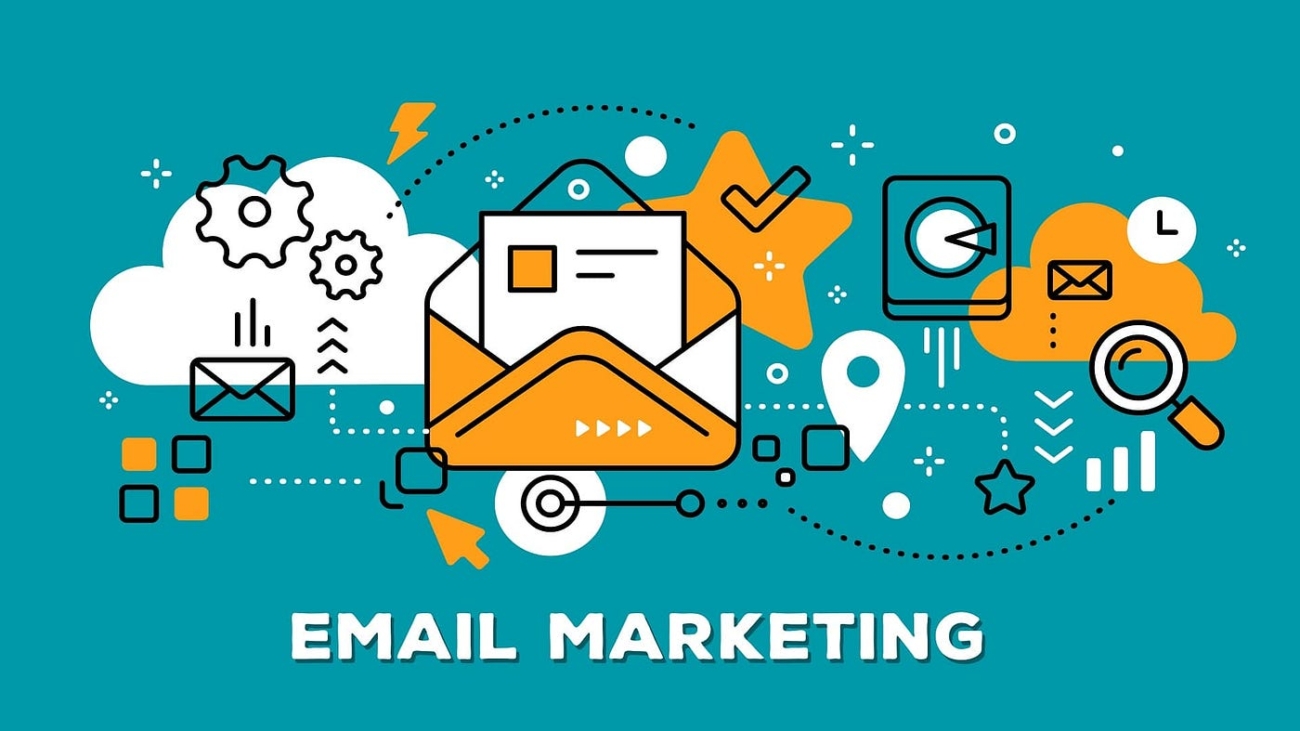Introduction
Email marketing remains a cornerstone of digital marketing strategies, but standing out in crowded inboxes requires more than just standard messages. Interactive and dynamic content in emails can significantly increase engagement rates and conversions by offering recipients a more personalized and engaging experience. This article delves into the concept of interactive and dynamic content, explores its benefits, and provides practical tips for integrating it into your email campaigns.
What is Interactive and Dynamic Content?
1. Interactive Content
Interactive content engages recipients by encouraging them to participate directly within the email. This type of content often includes elements that require user interaction, such as surveys, quizzes, polls, or clickable images. The goal is to create a more engaging experience that prompts users to take action or provide feedback.
2. Dynamic Content
Dynamic content refers to personalized elements within an email that change based on the recipient’s characteristics, behavior, or preferences. This can include personalized product recommendations, dynamic images, or tailored messaging based on user data. Dynamic content adapts to each recipient, making the email more relevant and engaging.
Benefits of Interactive and Dynamic Content
1. Increased Engagement
Interactive content can significantly boost engagement rates. Elements like polls and quizzes invite recipients to participate actively, increasing the likelihood of interaction and making the email experience more memorable.
2. Improved Personalization
Dynamic content allows for a high level of personalization, which can lead to better engagement and conversion rates. By tailoring content to individual preferences and behaviors, you create a more relevant and appealing message.
3. Enhanced User Experience
Interactive and dynamic content can transform a passive reading experience into an active and engaging one. This not only captures attention but also encourages recipients to spend more time with your email.
4. Better Data Collection
Interactive content like surveys and polls provides valuable insights into customer preferences and behaviors. This data can be used to refine your marketing strategy and improve future campaigns.
5. Increased Conversion Rates
Personalized and interactive emails are more likely to drive conversions. By offering relevant content and engaging experiences, you can encourage recipients to take desired actions, such as making a purchase or signing up for an event.
Types of Interactive Content
1. Surveys and Polls
Purpose: Collect feedback and opinions from your audience.
Examples:
- Customer satisfaction surveys
- Product feedback polls
- Opinion polls on industry trends
Best Practices:
- Keep surveys short and focused to encourage completion.
- Use clear and concise questions.
- Offer incentives or rewards for participation.
2. Quizzes and Assessments
Purpose: Engage users and provide personalized recommendations.
Examples:
- Personality quizzes
- Product recommendation quizzes
- Skills assessments
Best Practices:
- Make quizzes relevant to your audience’s interests.
- Provide instant results and personalized feedback.
- Use results to segment your audience and tailor future content.
3. Interactive Images and Carousels
Purpose: Showcase products or highlight features in an engaging way.
Examples:
- Image carousels that allow users to swipe through products.
- Interactive infographics with clickable elements.
- Hover effects that reveal additional information.
Best Practices:
- Ensure interactive elements are mobile-friendly.
- Use high-quality images and clear calls to action.
- Test interactive features across different email clients.
4. Clickable Maps and Calendars
Purpose: Facilitate actions such as finding locations or scheduling events.
Examples:
- Interactive maps showing store locations or event venues.
- Clickable calendars for scheduling appointments or RSVPs.
Best Practices:
- Make interactive elements easy to navigate and use.
- Ensure that maps and calendars are up-to-date and accurate.
- Include clear instructions for using the interactive features.
5. Embedded Videos
Purpose: Provide engaging content directly within the email.
Examples:
- Video product demonstrations
- Personalized video messages
- Tutorial or how-to videos
Best Practices:
- Use thumbnail images with play buttons to encourage clicks.
- Host videos on a platform that supports embedding in emails.
- Optimize video size and quality for fast loading and smooth playback.
Types of Dynamic Content
1. Personalized Product Recommendations
Purpose: Suggest products based on the recipient’s past behavior or preferences.
Examples:
- Product recommendations based on browsing history or purchase behavior.
- Personalized offers and discounts tailored to individual preferences.
Best Practices:
- Use accurate and up-to-date data to generate recommendations.
- Ensure recommendations are relevant and useful to the recipient.
- Test different recommendation strategies to optimize performance.
2. Dynamic Subject Lines and Preheaders
Purpose: Increase open rates by personalizing email subject lines and preheaders.
Examples:
- Subject lines that include the recipient’s name or location.
- Preheaders that highlight relevant offers or content based on user behavior.
Best Practices:
- Test different subject lines and preheaders to determine what resonates best with your audience.
- Use dynamic content that aligns with the email’s overall messaging and objectives.
- Avoid overusing personalization to prevent appearing disingenuous.
3. Location-Based Content
Purpose: Tailor content based on the recipient’s location.
Examples:
- Local store promotions or events based on the recipient’s geographic location.
- Region-specific product availability or pricing information.
Best Practices:
- Ensure location data is accurate and up-to-date.
- Use location-based content to enhance relevance and engagement.
- Avoid sharing overly generic content that may not resonate with all recipients.
4. Behavioral Triggers
Purpose: Send personalized content based on user behavior or actions.
Examples:
- Follow-up emails triggered by cart abandonment or incomplete purchases.
- Personalized re-engagement campaigns based on past interactions or inactivity.
Best Practices:
- Set up triggers based on meaningful actions and behaviors.
- Personalize follow-up content to address specific user needs or interests.
- Monitor and analyze the effectiveness of behavioral triggers to refine your approach.
Implementing Interactive and Dynamic Content
1. Choose the Right Tools
Selecting the right tools is crucial for implementing interactive and dynamic content effectively. Many email marketing platforms offer built-in features for creating interactive and dynamic content. Look for platforms that support interactive elements, dynamic content blocks, and personalization options.
2. Design for Mobile
Ensure that all interactive and dynamic content is mobile-friendly. Many users access emails on mobile devices, so your content should be optimized for smaller screens and touch interactions. Test interactive elements on various devices and email clients to ensure a seamless experience.
3. Optimize Loading Times
Interactive and dynamic content should load quickly to avoid frustrating recipients. Optimize images, videos, and other media to reduce file sizes and improve loading times. Use responsive design techniques to ensure that content displays correctly on different screen sizes.
4. Test and Analyze
Regularly test your interactive and dynamic content to identify any issues and ensure that it functions as intended. Use A/B testing to experiment with different types of interactive elements and dynamic content to determine what resonates best with your audience. Analyze performance metrics to gauge engagement and make data-driven improvements.
5. Maintain Consistent Branding
Ensure that all interactive and dynamic content aligns with your brand’s identity and messaging. Consistent branding helps reinforce your brand’s image and ensures that recipients have a cohesive experience across different marketing channels.
6. Follow Best Practices
Adhere to best practices for creating and implementing interactive and dynamic content. This includes using clear calls to action, providing value to recipients, and respecting data privacy regulations. Make sure your interactive elements are easy to use and enhance the overall user experience.
Examples of Successful Interactive and Dynamic Content
1. Sephora’s Personalized Product Recommendations
Sephora uses dynamic content in their emails to provide personalized product recommendations based on past purchases and browsing history. This approach not only increases relevance but also drives higher engagement and conversions.
2. BuzzFeed’s Quizzes
BuzzFeed’s quizzes are a prime example of interactive content that captivates audiences. Their quizzes encourage users to participate and share results, leading to higher engagement and increased email open rates.
3. Airbnb’s Interactive Maps
Airbnb includes interactive maps in their email campaigns to showcase property locations and local attractions. This feature enhances the user experience and provides valuable information in a visually appealing way.
Conclusion
Interactive and dynamic content can significantly enhance your email marketing strategy by boosting engagement, improving personalization, and increasing conversion rates. By incorporating interactive elements and personalized content into your email campaigns, you create a more engaging and relevant experience for your recipients. Follow the best practices outlined in this guide to implement interactive and dynamic content effectively and drive better results for your email marketing efforts.



